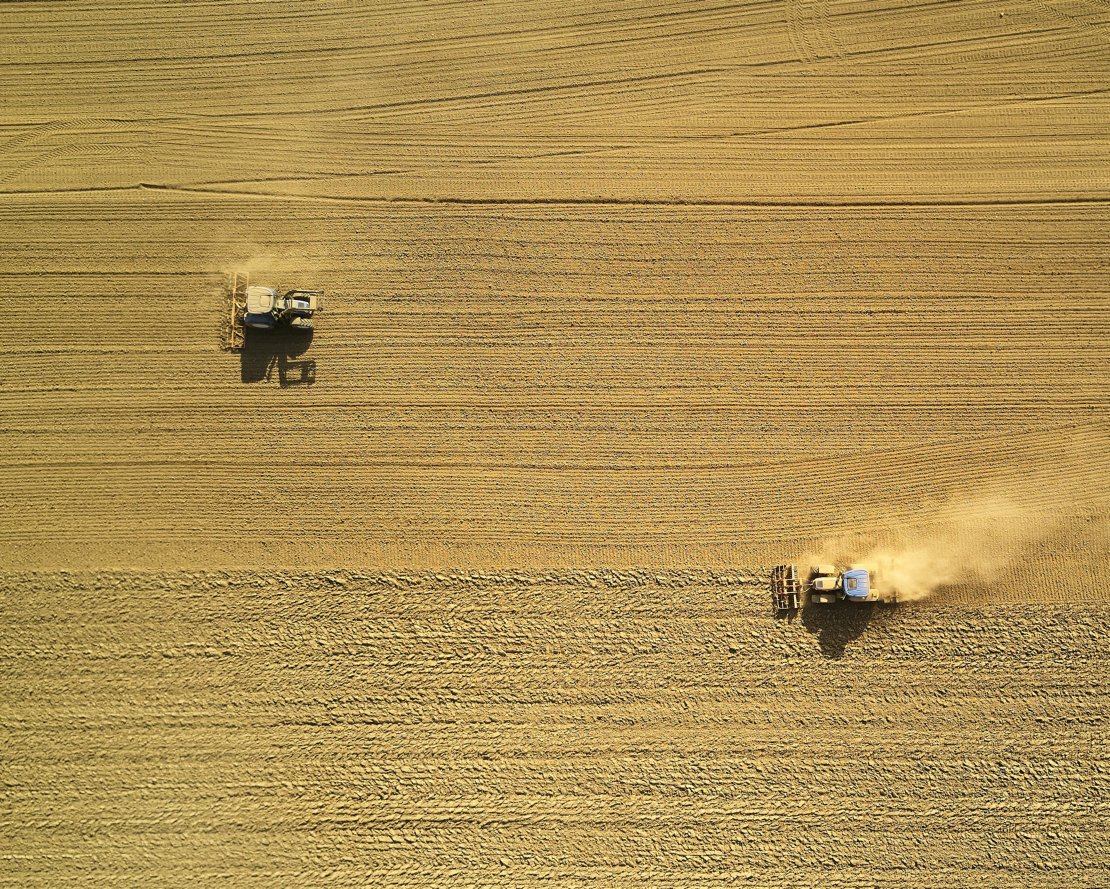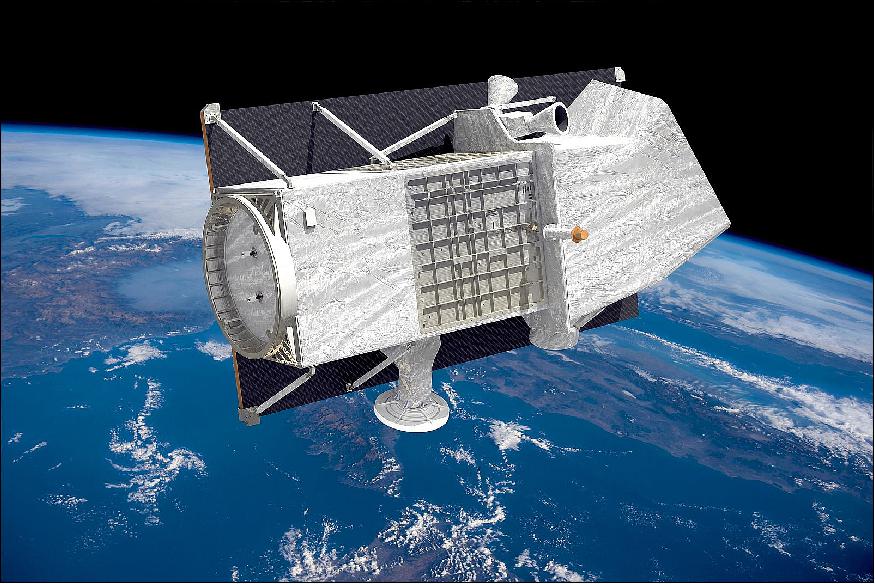Researchers from ITC Faculty - University of Twente and CNR-IREA have discovered a promising method to estimate nutrient concentrations in crop grains before harvest by evaluating hyperspectral measurements of crop canopies. This technology could be used to predict nutrient deficiencies during the growing process and map patterns of deficiencies across large regions, aiding in the development of effective agriculture management practices and food security policies.
Putting hidden hunger in the Spotlight
Micronutrient deficiency, also known as “hidden hunger”, is a global problem that affects more than two billion people, especially those dependent on staple crop diets and with limited access to nutrient-rich food sources. During the "Green Revolution" of the 1950s and 60s, the agriculture and food industry primarily aimed to increase production to meet the growing population demands. New technologies, such as high-yielding crop varieties, synthetic fertilizers, and pesticides, as well as improved irrigation and mechanization methods, were developed to consistently produce high yields. However, this intense focus on productivity resulted in less attention to micronutrients, which are essential for human health. Today, micronutrient deficiencies are contributing to a global health crisis. Additionally, climate change is impacting food security and nutrition, especially in vulnerable populations. There is a clear urgent need to build resilience in these communities by developing efficient micronutrient monitoring systems.

Tractors harvesting crops (Credit: Johny Goerend)
Traditional micronutrient sampling involves a time-consuming, expensive process of manually visiting the fields to collect samples that would be later analyzed in a laboratory. However, the use of hyperspectral remote sensing would potentially allow these costs to be reduced and upscale the sampling from a local scale to potentially, a global scale. Hyperspectral satellite data weren't available in the past, but now the field is going through a renaissance. Satellite missions such as PRecursore IperSpettrale della Missione Applicativa (PRISMA) from the Italian Space Agency or Environmental Mapping and Analysis Program (EnMAP) launched by the German Space Agency are vital for the development of this hyperspectral renaissance.

Digital art of PRISMA hyperspectral satellite (Credit: Italian Space Agency)
With this opportunity in mind, researchers at the ITC Faculty – University of Twente discovered a promising method to estimate the nutrient concentrations of crop grains before harvest with hyperspectral remote sensing. Previous research has been shown to predict micronutrients using hyperspectral measurements of the grains themselves, but the groundbreaking premise of this study comes from predicting the nutrients in the grains by using the hyperspectral measurements of the crop canopies instead. Using hyperspectral data collected from space, the scientists of the University of Twente, based in the Netherlands, would be able to assess the micronutrient densities in a field located on the other side of the world.
Although it is still in early development, this technology would allow not only to monitor micronutrient deficiencies in crops but also to predict deficiencies during the growing process. Predicting deficiencies early enough would help farmers to take the necessary actions to alleviate potential deficiencies through various management practices such as fertilization. Additionally, this method could be used to map patterns of micronutrient deficiencies across regions or countries, which would serve as a foundation to address this problem with food security policies.
More information
This research is an outcome of the HyNUTRI (www.hynutri.nl) a project funded by the European Space Agency and conducted together with CNR-IREA. As a result of this research, the EO4Nutri - Earth Observation for estimating and predicting crop nutrients project kicked-off, also funded by the European Space Agency, in partnership with National Research Council of Italy – Institute for Electromagnetic Sensing of Environment (CNR-IREA), University of Milano-Bicocca, Rothamsted Research and Ludwig Maximilian University of Munich.
The authors of this paper are Mariana Belgiu, Michael Marshall, Andy Nelson, Alfred Stein from ITC Faculty, and Mirco Boschetti and Monica Pepe from CNR IREA:








